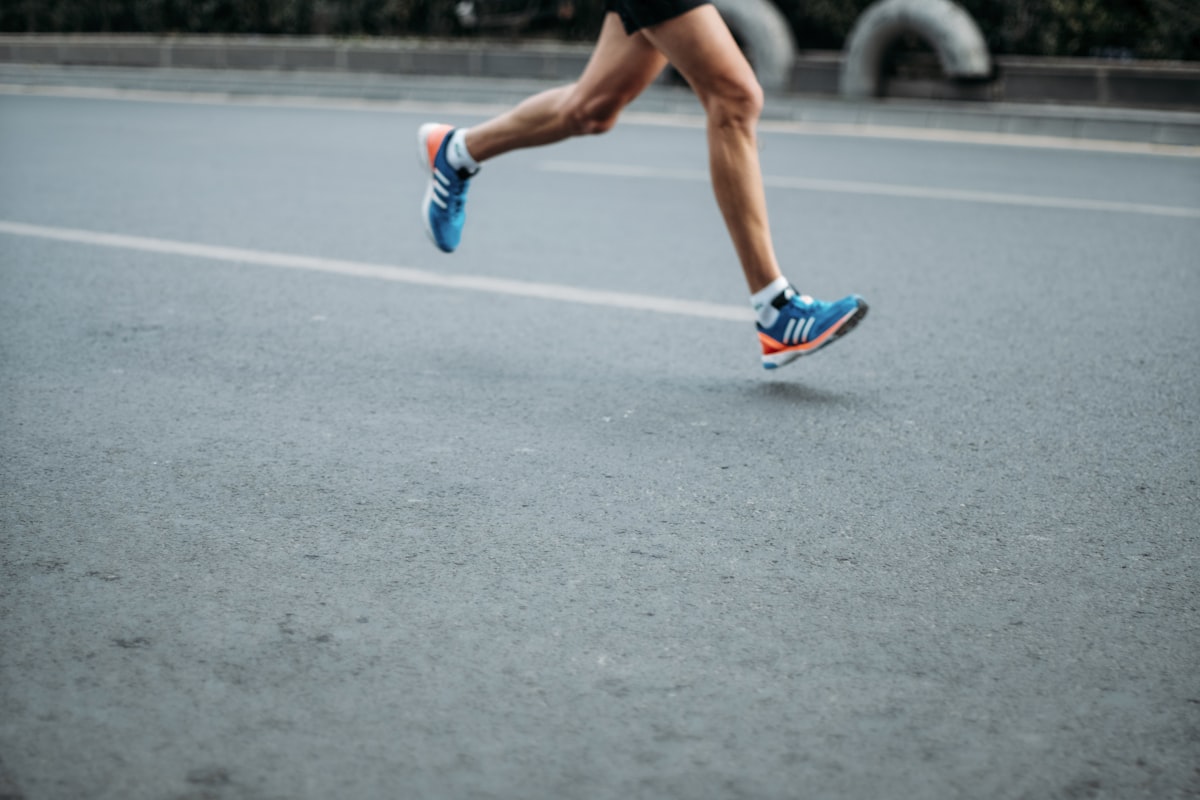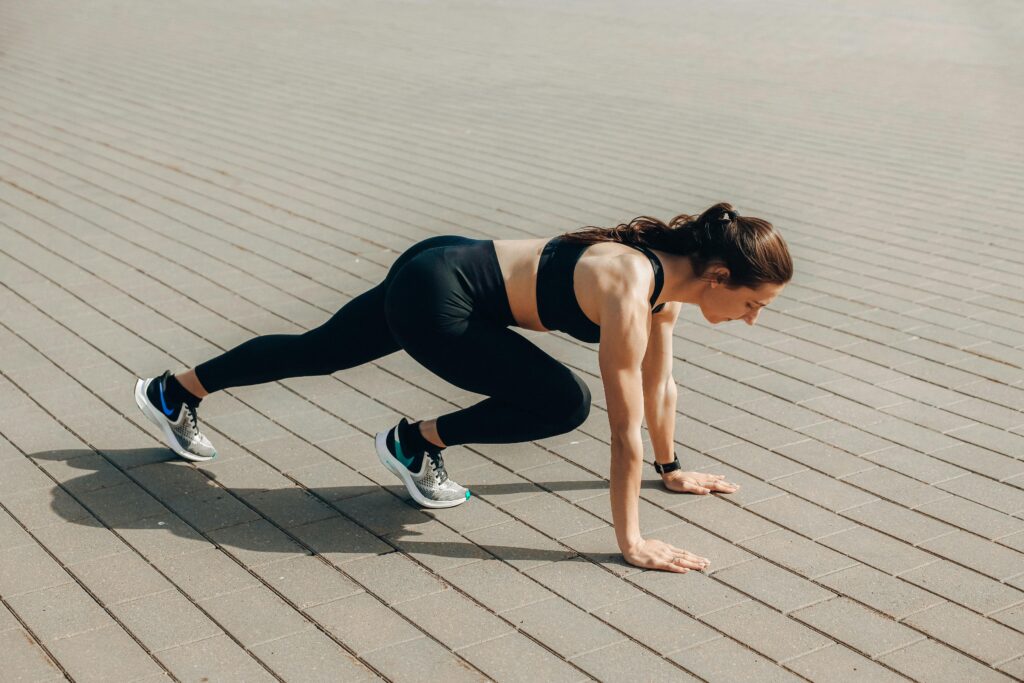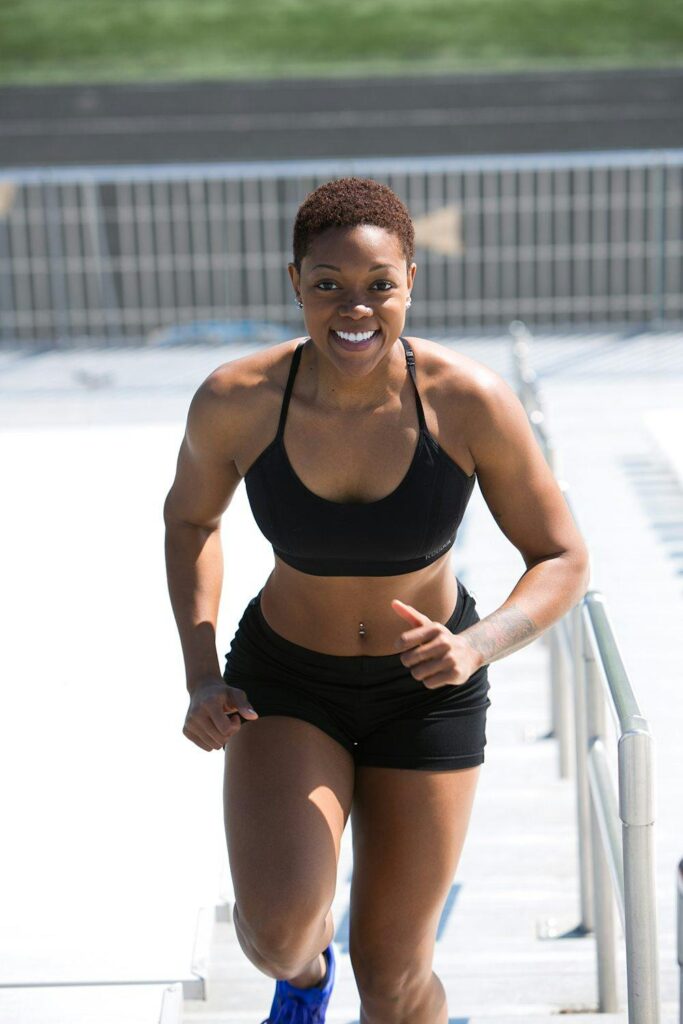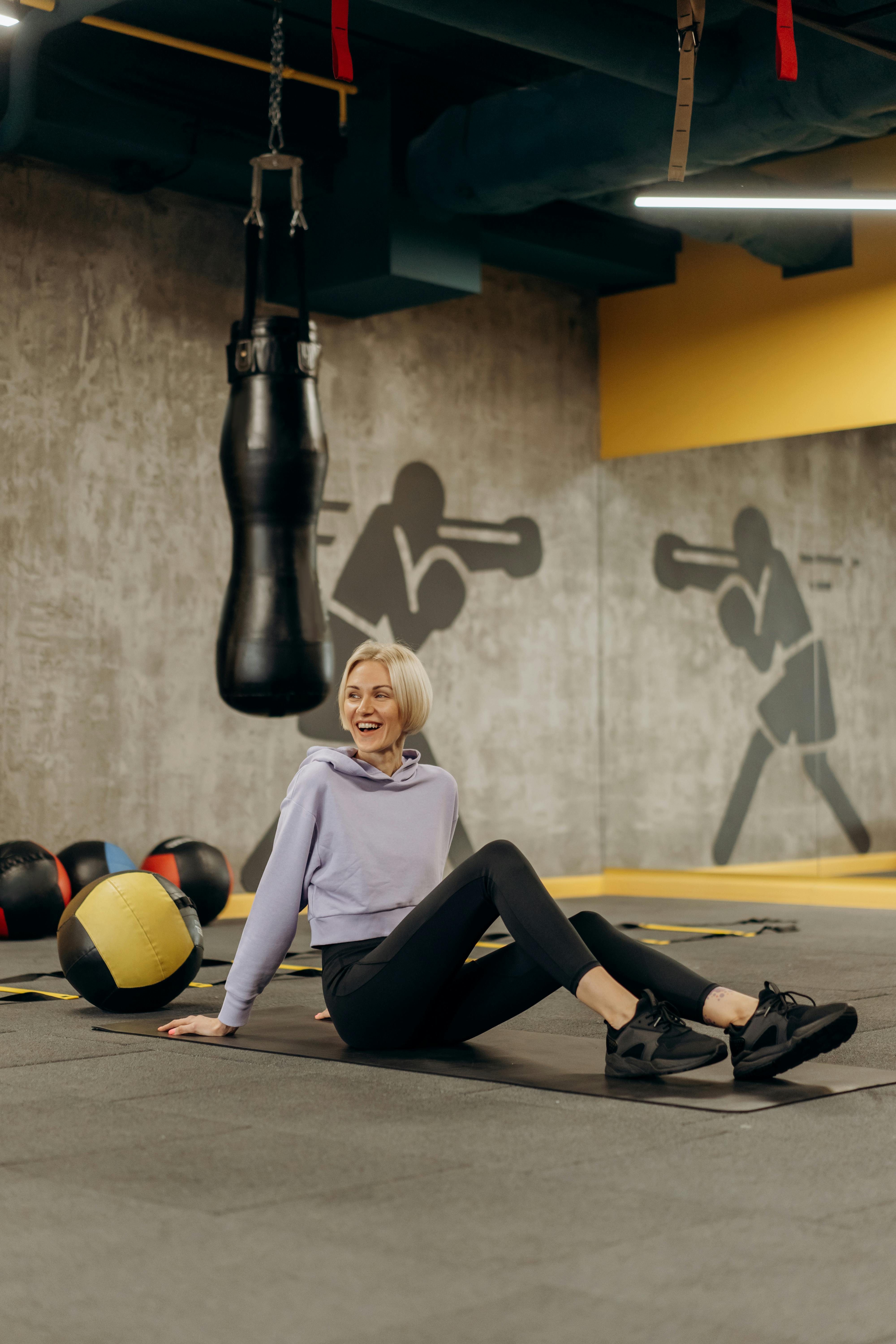
Bladder Dysfunction
Regain Control Restore Comfort Renew Confidence
Bladder dysfunctions can disrupt daily life, causing physical discomfort and emotional distress. These conditions often stem from issues with the pelvic floor muscles, nerves, or urinary system. At Hidden Strength Physical Therapy, I specialize in treating bladder dysfunctions through holistic, non-invasive pelvic floor physical therapy techniques designed to address the root causes and help you regain control.


Types of Bladder Dysfunction
1
Urinary incontinence
Stress Incontinence: Leakage occurs during activities like sneezing, coughing, or exercising due to weakened pelvic floor muscles.
Urge Incontinence: A sudden, intense urge to urinate, sometimes leading to leaks, often linked to overactive bladder muscles.
2
Overactive Bladder
Characterized by frequent urination and an urgent need to urinate, even without a full bladder.
3
Urinary Retention
Difficulty fully emptying the bladder, often due to muscle tightness or nerve issues.
4
Painful Bladder Syndrome/Interstitial Cystitis
Chronic bladder pain and discomfort without infection, often accompanied by frequent urination.
5
Nocturia
Frequent waking at night to urinate, disrupting sleep and quality of life.
6
Recurrent UTIs
Unexplained recurrence of UTI-like symptoms but often no positive sutures for bacteria, often due to muscle tightness.
How Pelvic Physical Therapy May Help
Bladder dysfunctions are often caused by issues with the pelvic floor muscles, such as weakness, tightness, or improper coordination. At Hidden Strength PT, I use evidence-based techniques to address these underlying issues, providing relief and helping you regain confidence.
Signs You May Have a Bladder Dysfunction
- Frequent trips to the bathroom (more than 8 times a day).
- Strong, sudden urges to urinate that are difficult to control.
- Leaking urine during exercise, laughing, or sneezing.
- Pain or pressure in the bladder area.
- Difficulty starting or maintaining a urine stream.
- Waking up multiple times at night to urinate.
My Treatment Approaches
There are many ways to improve bladder dysfunction and it all depends on the cause. I will pull from my arsenal of techniques from many advanced training courses and years of experience to help you root cause the problem so you never experience bladder dysfunction again.
Pelvic Floor Muscle Training: Strengthening weak muscles or relaxing overactive ones to improve bladder control.
Behavioral Training:
- Bladder Retraining: Techniques to gradually increase the time between bathroom visits.
- Lifestyle and dietary modifications to reduce bladder irritants like caffeine or acidic foods.
Biofeedback: Technology-assisted training to help you understand and control pelvic floor muscle activity.
Manual Therapy: Hands-on techniques to release tension, improve circulation, and enhance muscle function.
Trigger Point Dry Needling with Electrical Stimulation: Targeting muscle knots to relieve tension and reduce bladder-related pain.

